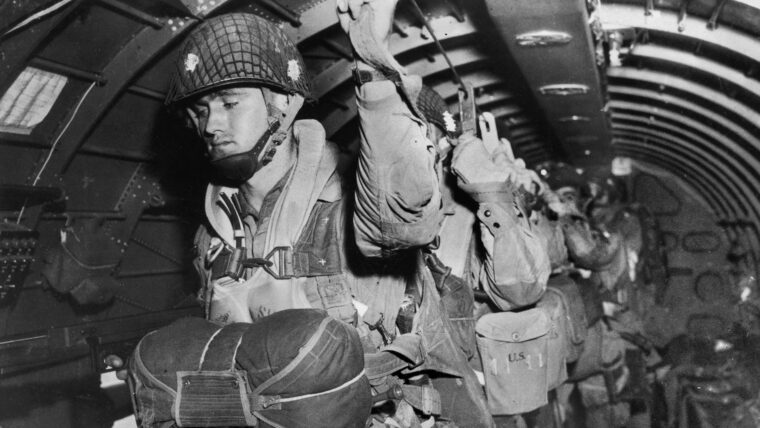
WWII
Battle of Graignes: An HQ Company’s Heroic Last Stand in Normandy
By Martin K.A. MorganSome 16 million Americans served during World War II, and tens of thousands of sons of the State of Louisiana served in every branch of the U.S. Read more
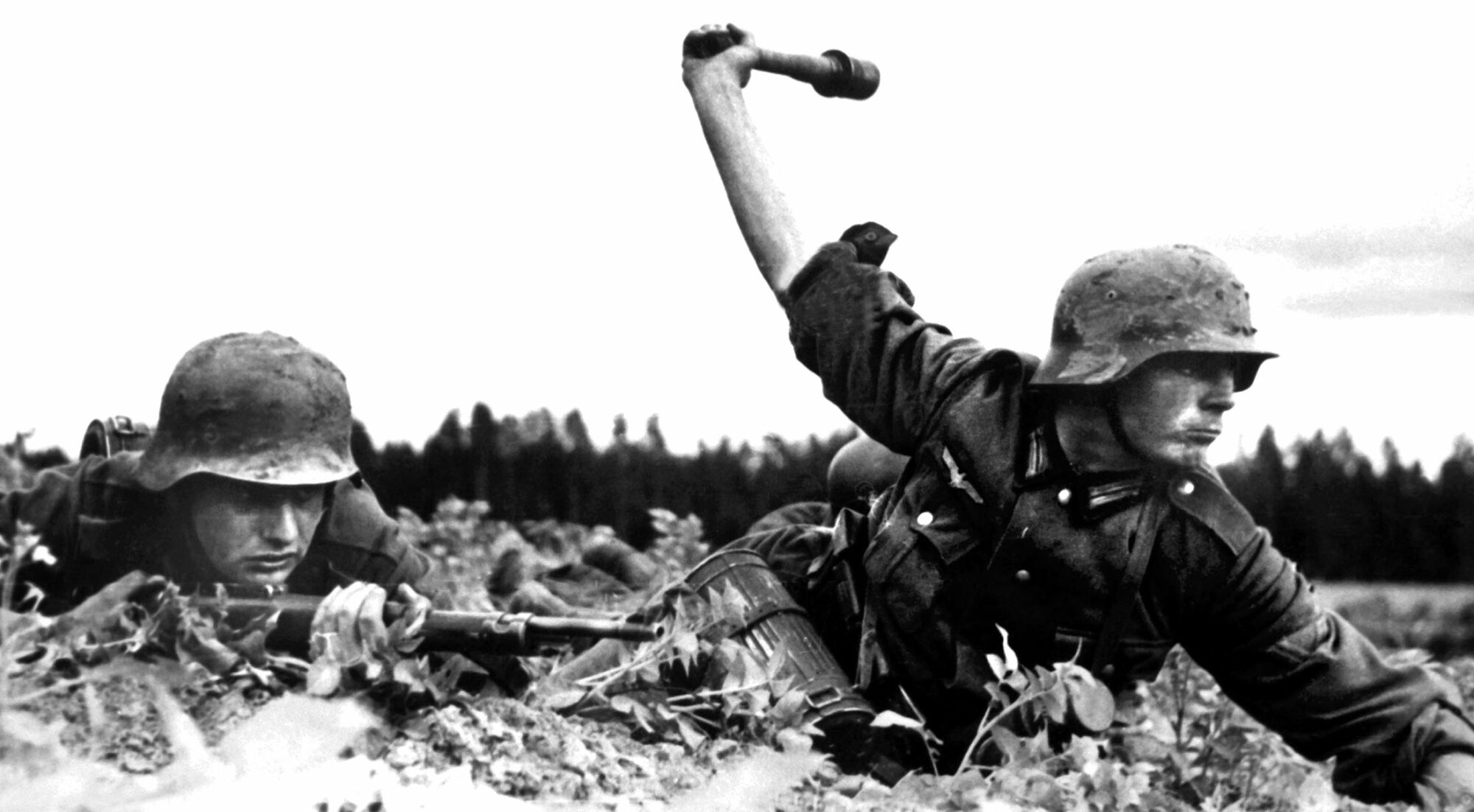

WWII
Some 16 million Americans served during World War II, and tens of thousands of sons of the State of Louisiana served in every branch of the U.S. Read more

WWII
“When 400,000 men couldn’t get home, home came for them.” These words could not better describe the amazing effort that the British military and civilian volunteers put toward saving the British and French soldiers trapped at Dunkirk. Read more
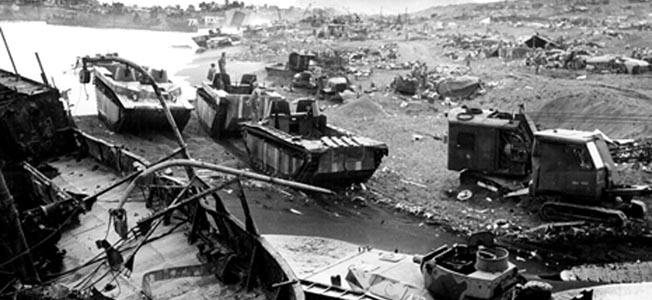
WWII
In early 1945, the island of Iwo Jima in the Volcanoes Group, only 660 miles from the Japanese capital of Tokyo, became the focus of the American drive across the Pacific Ocean during World War II. Read more
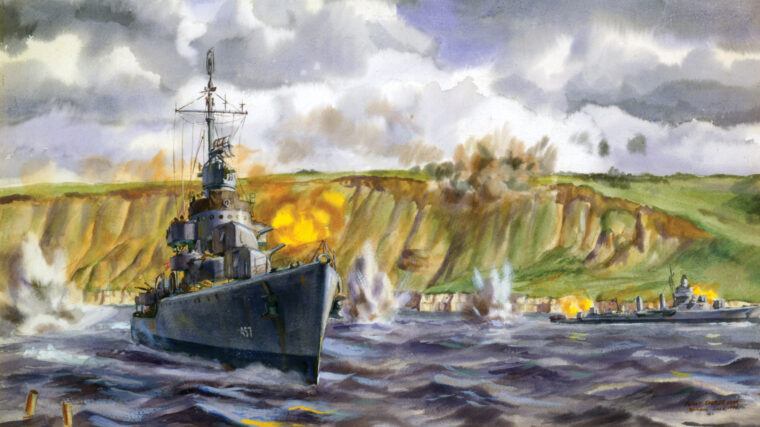
WWII
At exactly three o’clock in the afternoon on February 25, 1944, a crowd gathered at the Boston Navy Yard for the commissioning ceremony of the USS O’Brien (DD725), a destroyer of the Sumner class. Read more
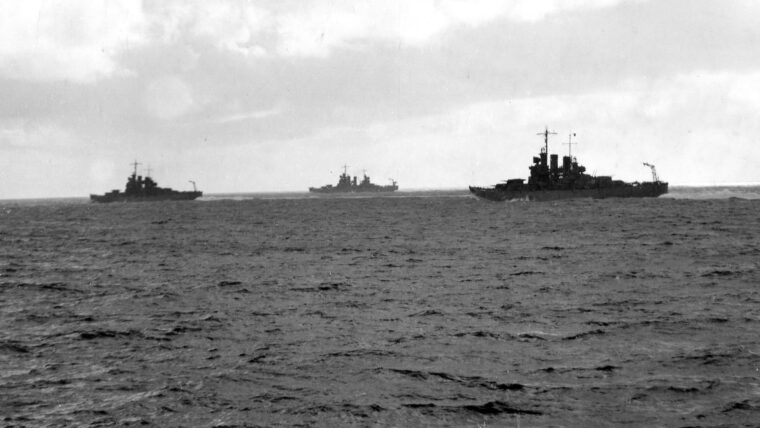
WWII
The island of Guadalcanal loomed in the distance as the warships of Task Force 36.1 approached the waters of Iron Bottom Sound on July 5, 1943. Read more
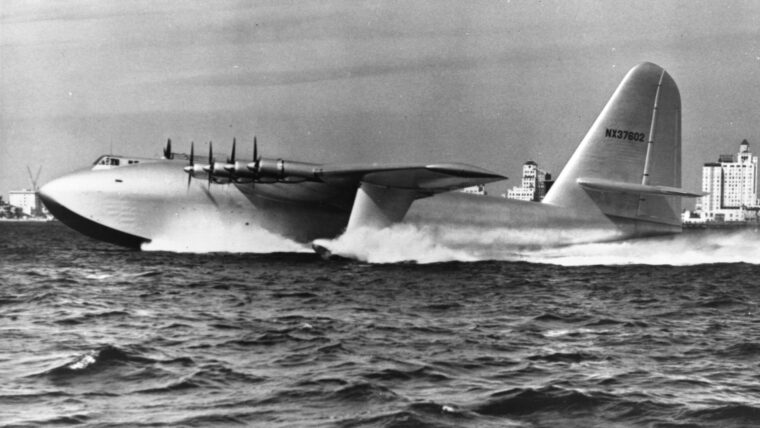
WWII
The Time magazine article was titled “It Flies!” It was a note of triumph and vindication, but also an epitaph, of an aircraft that was five years in the making—the “Spruce Goose,” a plane that should not have existed. Read more
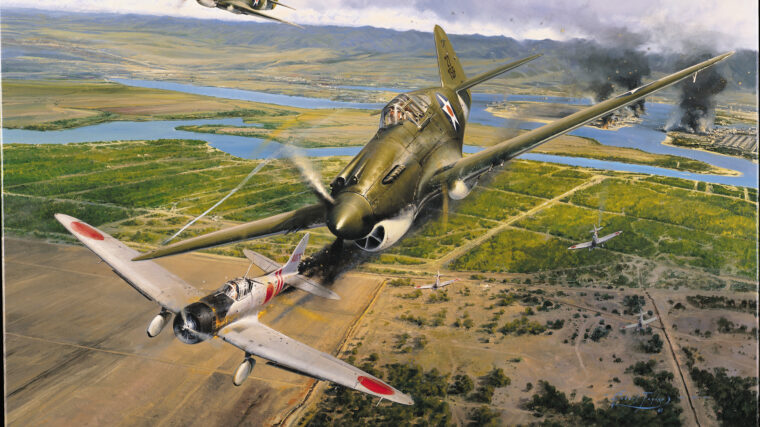
WWII
On a serene Sunday morning the residents of Oahu enjoyed the dawning of another gorgeous day in paradise. Read more
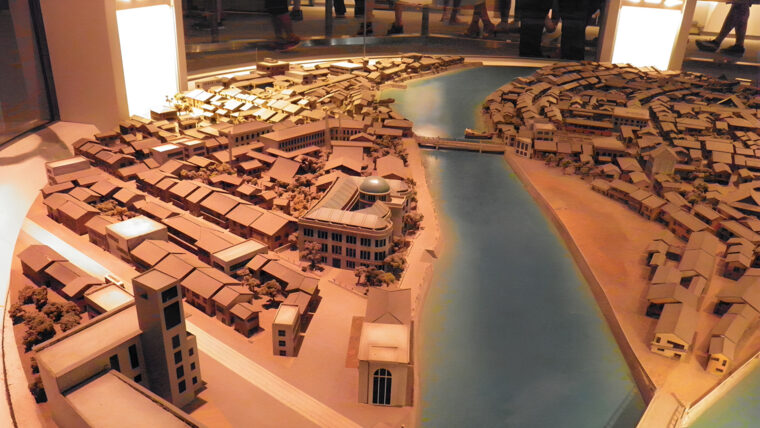
WWII
Although located 420 miles west of Tokyo, the city of Hiroshima is today a tourist mecca, drawing tens of thousands of visitors from around the world for one single reason: to stand at the epicenter of history’s first nuclear explosion used against an enemy population. Read more
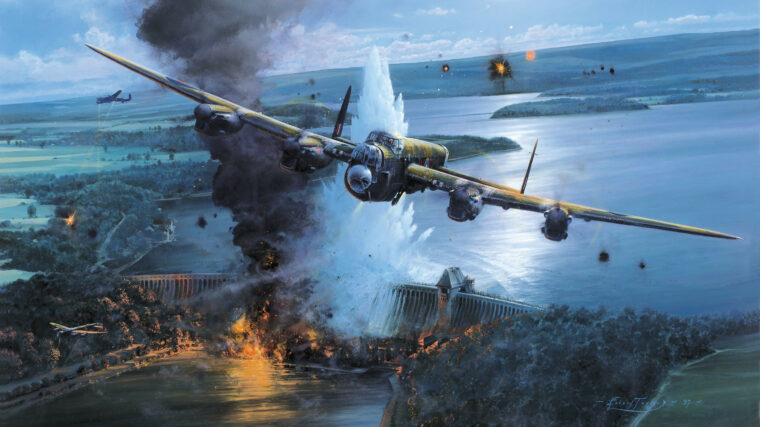
WWII
May 16, 1943, had been a sweltering spring day in England. At 9:39 pm, as the sun was dipping below the western horizon, leaving a rim of light and still good visibility, the first three of 19 Avro Lancaster bombers of No. Read more
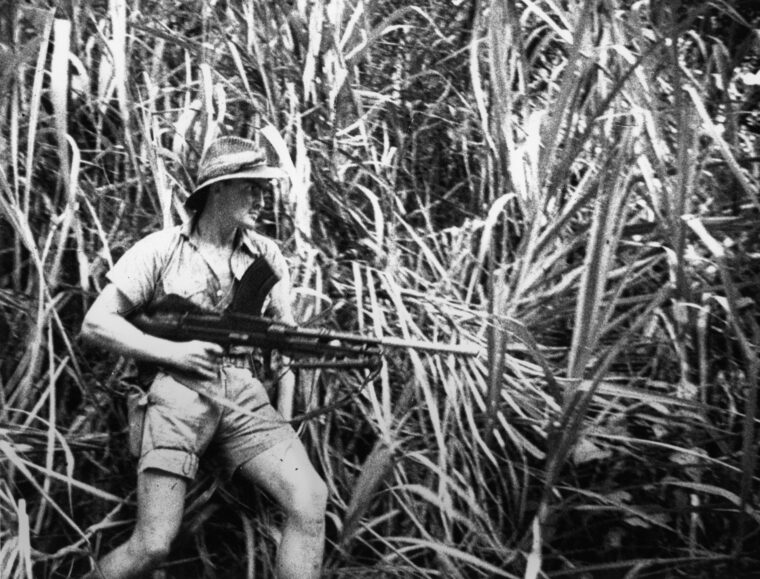
WWII
After the carrier attack by the Imperial Japanese Navy (IJN) on Pearl Harbor, Hawaii, on December 7, 1941, Japanese forces conducted offensive operations across an incredibly broad front of 7,000 miles from Singapore to Midway Island. Read more
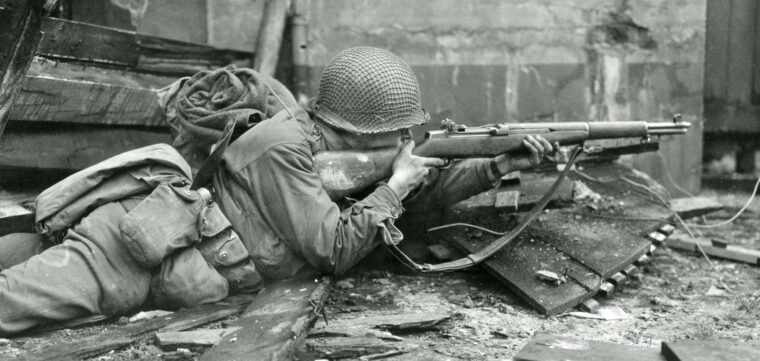
WWII
After the Battle of the Bulge delayed their advance by six critical weeks, the British, U.S., and Canadian armies went on the offensive in mid-January 1945 and pushed toward the German frontier. Read more
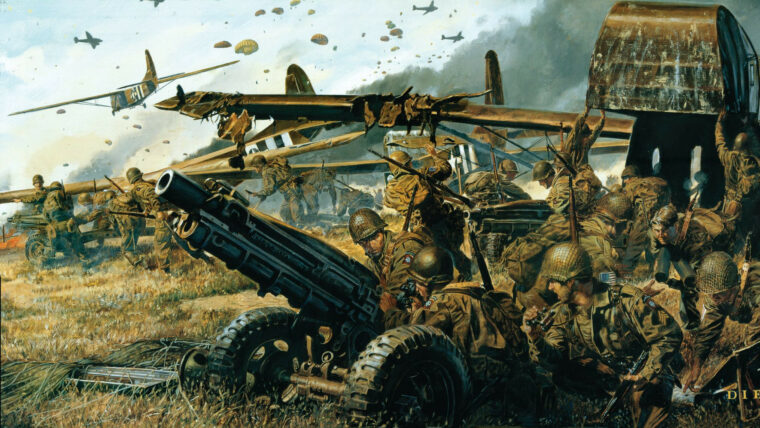
WWII
On September 17, 1944, a massive but hastily planned airborne invasion of the Netherlands was launched. Codenamed Market-Garden, the operation called for three Allied airborne divisions (British 1st and American 82nd and 101st) to land along a narrow corridor reaching from advanced positions along the Dutch-Belgian border to a bridgehead on the northern bank of the Rhine River at Arnhem. Read more
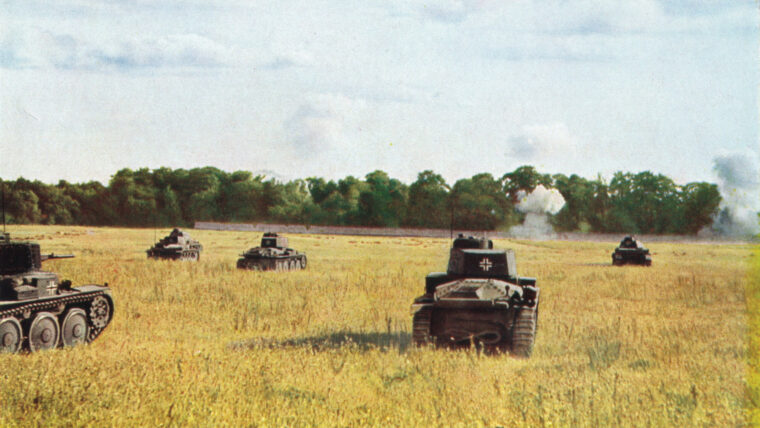
WWII
The ancient Chinese military strategist Sun Tzu wrote, “Go forth to the enemy’s positions to which he must race. Read more
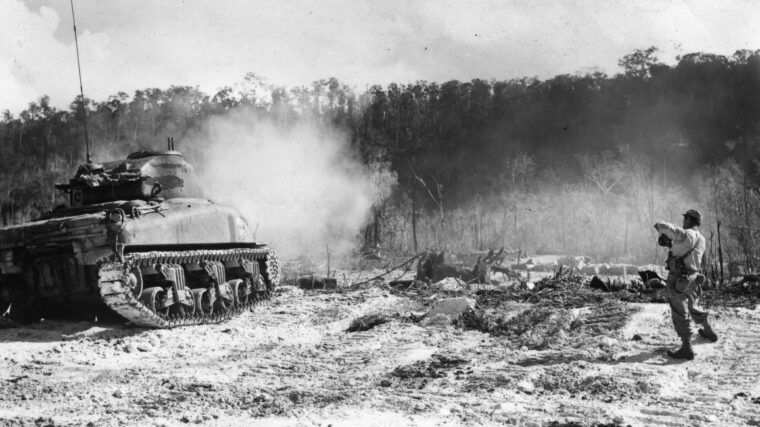
WWII
“All I knew about Biak was that it was an island a degree south of the equator, one of the Schouten group lying north of Geelvink Bay toward the western end of New Guinea.” Read more
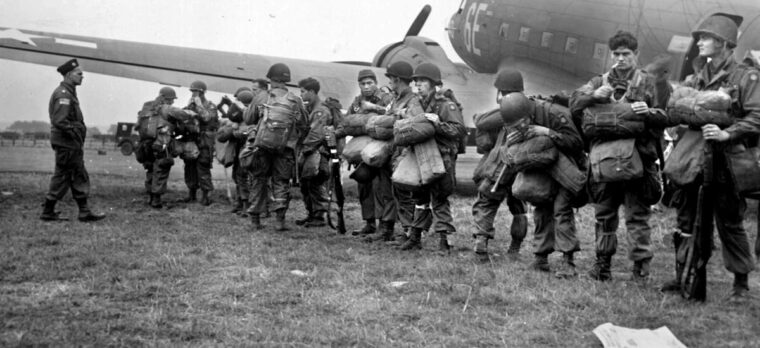
WWII
By mid-August 1944, roughly one month before the now-famous Operation Market Garden, the U.S. Army’s 82nd Airborne Division had been fighting off and on for over a year. Read more
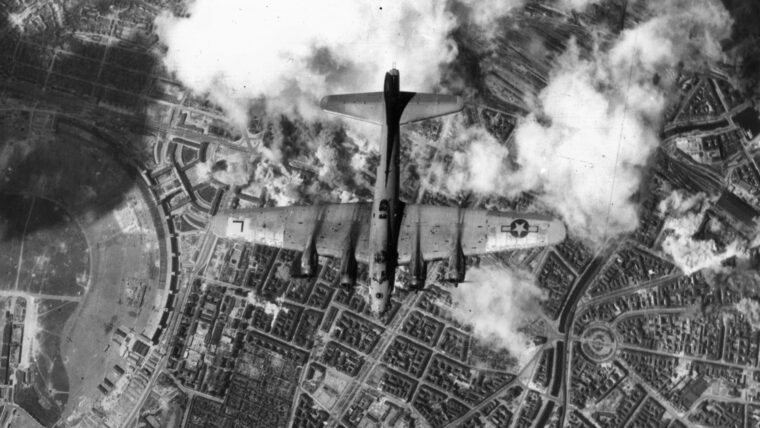
WWII
He was widely regarded as America’s best pilot, he was already a recipient of the Medal of Honor, he was commander of the Eighth Air Force caught up in 1,000-plane bombing missions deep into the Third Reich, and he was mad as hell. Read more
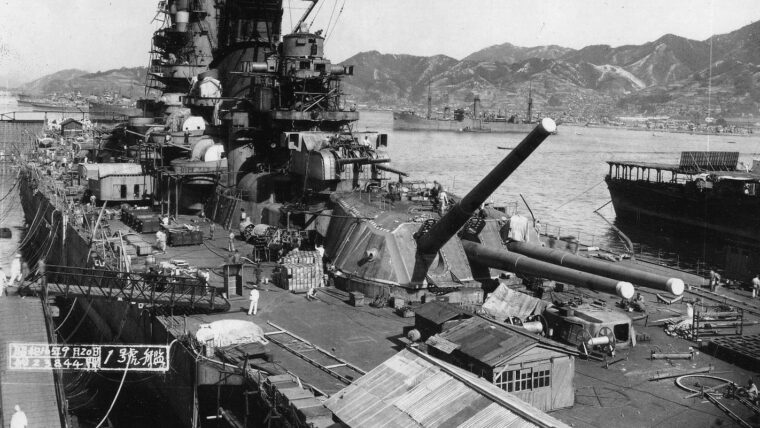
WWII
Special Sea Attack Force (SSAF) was an ordinary-sounding name for the pitifully tiny remnant of what was once the mighty Imperial Japanese Navy (IJN). Read more
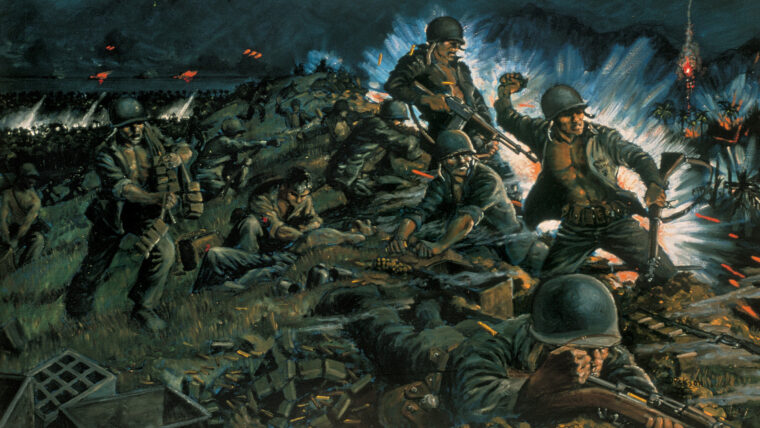
WWII
In April 1942, a group of young Marines, having recently graduated from Officers Candidate School, arrived at New River, North Carolina, a sprawling tent city that stretched over a vast area and would eventually become known as Camp Lejeune. Read more
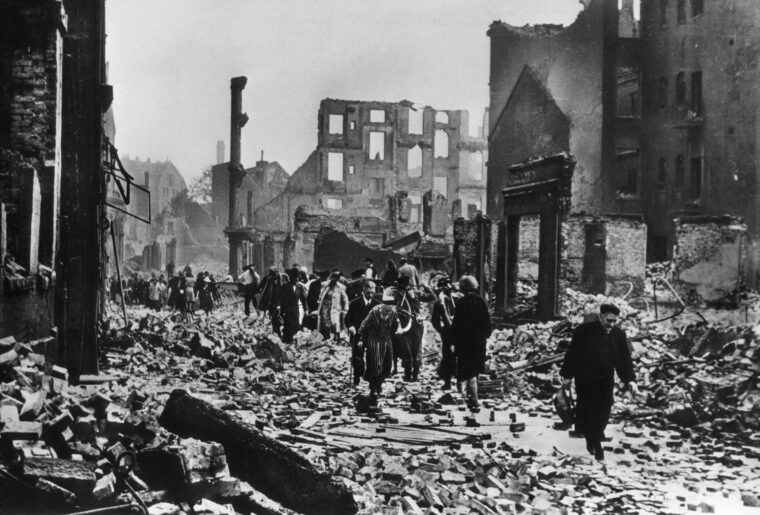
WWII
World War II affected nearly every area of the world. It was the deadliest conflict in all of human history. Read more
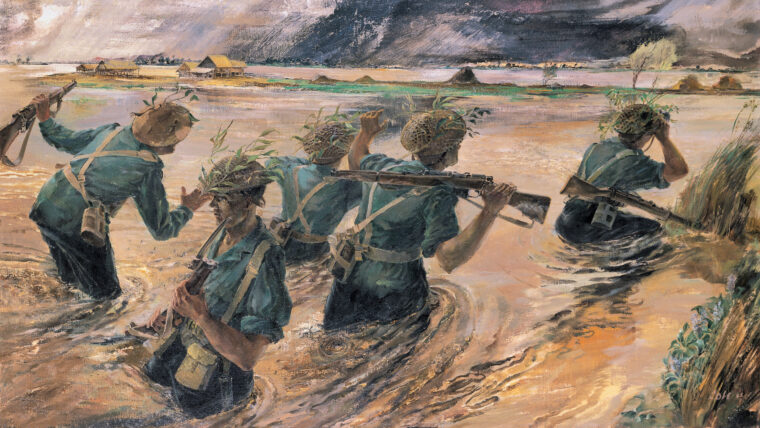
WWII
By the beginning of February 1945, the British 14th Army was on the banks of the Irrawaddy River and poised to strike into central Burma. Read more